Home>Home Appliances>Home Automation Appliances>Which System Uses A Thermostat And Water Pump
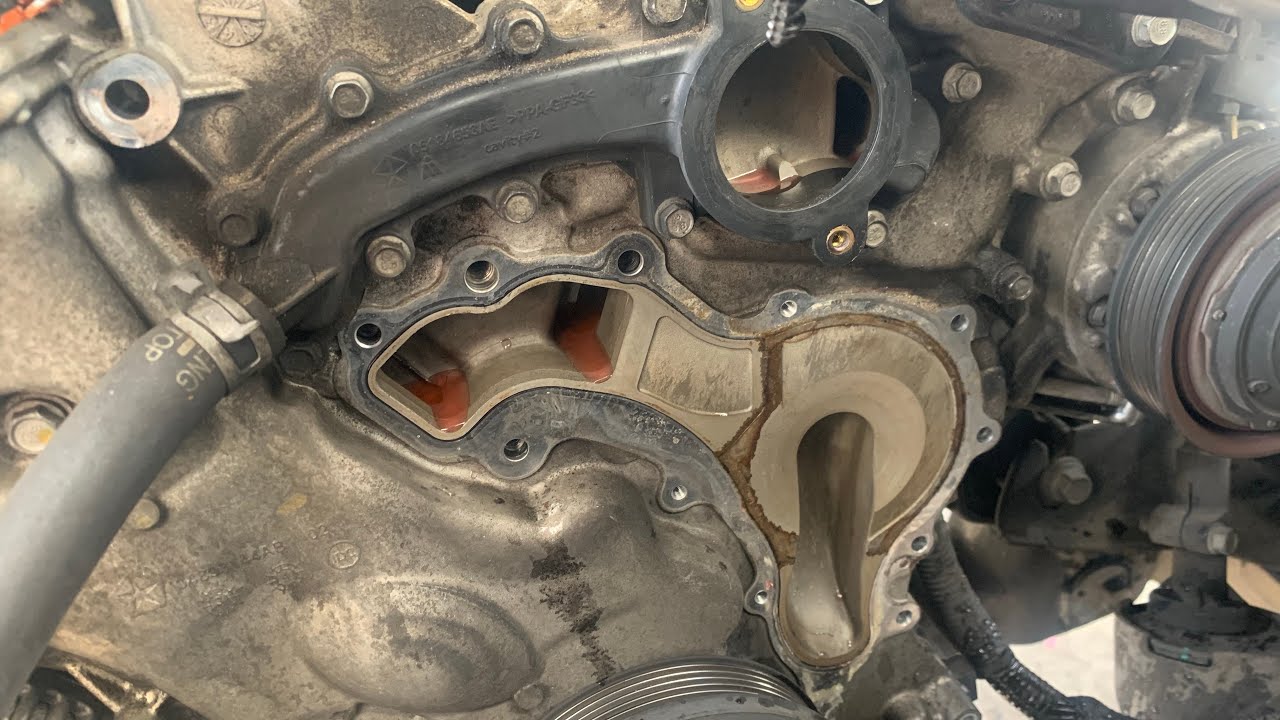

Home Automation Appliances
Which System Uses A Thermostat And Water Pump
Modified: January 9, 2024
Discover how home automation appliances utilize a thermostat and water pump for efficient temperature control. Explore the benefits of this system for your smart home.
(Many of the links in this article redirect to a specific reviewed product. Your purchase of these products through affiliate links helps to generate commission for Storables.com, at no extra cost. Learn more)
Introduction
Read more: How To Use A Water Pump
Introduction
Welcome to the fascinating world of home automation appliances! In this article, we will delve into the intricate workings of a thermostat and a water pump, exploring their crucial roles in various systems. These components are integral to the seamless operation of heating, cooling, and automation systems, and understanding their functions is essential for anyone interested in home automation and modern living.
As we embark on this journey, we will unravel the mysteries behind these essential devices, shedding light on their significance in different systems such as HVAC, automotive cooling, and geothermal heating and cooling. By the end of this exploration, you will have gained a comprehensive understanding of the pivotal roles played by thermostats and water pumps in these diverse applications.
So, let’s embark on this enlightening adventure and unravel the inner workings of these indispensable components, gaining insights that will deepen our appreciation for the marvels of home automation and the seamless comfort it brings to our lives.
Key Takeaways:
- Thermostats are like the guardians of indoor comfort, making sure the temperature is just right. They’ve evolved from simple devices to smart systems that can learn and save energy.
- Water pumps are like the heart of systems, moving water to keep things cool or warm. They help HVAC, cars, and geothermal systems work efficiently and sustainably.
What is a Thermostat?
A thermostat is a pivotal component of heating, ventilation, and air conditioning (HVAC) systems, serving as the control center for regulating temperature. This ingenious device is designed to maintain a set temperature by monitoring the ambient conditions and adjusting the heating or cooling systems accordingly. The primary function of a thermostat is to ensure that the indoor environment remains comfortable and conducive to the occupants’ needs.
Modern thermostats are equipped with advanced features that enable precise temperature control, energy efficiency, and seamless integration with home automation systems. They utilize various sensors to detect temperature changes and activate the heating or cooling systems as needed, ensuring optimal comfort and energy conservation.
Thermostats come in a variety of types, including traditional mechanical thermostats, digital thermostats, programmable thermostats, and smart thermostats. Each type offers unique capabilities and benefits, catering to diverse preferences and requirements.
Traditional mechanical thermostats rely on a simple bimetallic coil that expands and contracts based on temperature changes, triggering the heating or cooling system to maintain the desired temperature. While these thermostats are reliable, they lack the advanced features and precision offered by their digital and smart counterparts.
Digital thermostats, on the other hand, utilize electronic sensors and microprocessors to provide accurate temperature readings and programmable settings. This allows users to set specific temperature schedules, adjust settings remotely, and benefit from enhanced energy management capabilities.
Programmable thermostats take the convenience a step further by enabling users to pre-program temperature settings for different times of the day, week, or month. This feature helps optimize energy usage by automatically adjusting the temperature based on occupancy patterns and preferences.
Smart thermostats represent the pinnacle of thermostat technology, offering seamless connectivity, intuitive interfaces, and advanced learning capabilities. These innovative devices can be controlled remotely via smartphones or other smart devices, learn from user behaviors to optimize settings, and integrate with home automation systems for comprehensive environmental control.
In essence, a thermostat serves as the guardian of indoor comfort, orchestrating the delicate balance of temperature regulation and energy efficiency. Its evolution from simple mechanical devices to sophisticated smart systems mirrors the advancements in home automation and the quest for enhanced living experiences.
What is a Water Pump?
A water pump is a mechanical device designed to move water from one place to another, playing a vital role in various applications, including heating and cooling systems, automotive engines, and geothermal heating and cooling setups. This versatile component serves as the heart of circulation, ensuring the efficient flow of water to facilitate essential processes and maintain optimal operating conditions.
In the realm of HVAC systems, water pumps are integral to the circulation of water through hydronic heating and cooling systems. These pumps are responsible for moving hot water from the boiler to the radiators or underfloor heating systems, as well as circulating chilled water to absorb heat from the indoor environment. By facilitating the transfer of thermal energy, water pumps contribute to the effective regulation of indoor temperatures, enhancing comfort and energy efficiency.
Automotive cooling systems rely on water pumps to maintain optimal operating temperatures within the engine. These pumps are typically driven by the engine’s crankshaft and are responsible for circulating coolant through the engine block, cylinder head, radiator, and other components to dissipate excess heat. By continuously circulating coolant, the water pump helps prevent overheating and ensures the efficient performance of the vehicle’s engine, safeguarding against potential damage due to excessive heat.
Geothermal heating and cooling systems harness the natural thermal energy stored in the earth to regulate indoor temperatures. Water pumps play a crucial role in these systems by circulating water through the underground loop system, where it absorbs or releases heat, depending on the heating or cooling requirements. This circulation process enables geothermal systems to harness the earth’s consistent temperature to provide efficient and sustainable heating and cooling for residential and commercial spaces.
Water pumps come in various types, including centrifugal pumps, diaphragm pumps, piston pumps, and submersible pumps, each catering to specific applications and operational requirements. Centrifugal pumps, for instance, are widely used in HVAC and automotive cooling systems due to their ability to efficiently circulate large volumes of water with minimal energy consumption.
Overall, water pumps serve as the dynamic force behind the circulation of water in diverse systems, ensuring optimal thermal management, energy efficiency, and operational reliability. Their ability to facilitate the movement of water with precision and efficiency underscores their indispensable role in maintaining the comfort, performance, and sustainability of various applications.
The HVAC System
The HVAC (heating, ventilation, and air conditioning) system is a sophisticated network of components designed to regulate indoor environmental conditions, encompassing temperature, humidity, and air quality. At the core of this system are the thermostat and water pump, working in tandem to facilitate the exchange of thermal energy and maintain a comfortable indoor climate.
Thermostats play a pivotal role in the HVAC system by continuously monitoring the indoor temperature and signaling the heating or cooling equipment to maintain the desired setpoint. Whether it’s a traditional mechanical thermostat, a digital programmable thermostat, or a cutting-edge smart thermostat, these devices serve as the command center for temperature regulation, ensuring that occupants can enjoy a consistently comfortable environment.
Water pumps are equally essential in the HVAC system, particularly in hydronic heating and cooling setups. These pumps are responsible for circulating hot water from the boiler to the radiators, baseboard heaters, or underfloor heating systems during the heating season. In the cooling mode, they facilitate the flow of chilled water to absorb heat from the indoor space, contributing to effective temperature control and comfort enhancement.
The synergy between thermostats and water pumps in HVAC systems exemplifies the seamless integration of control and circulation, enabling precise temperature management and energy-efficient operation. As the thermostat orchestrates the heating and cooling cycles based on user preferences and environmental conditions, the water pump ensures the continuous flow of water to facilitate thermal exchange, creating a harmonious synergy that underpins the comfort and efficiency of the HVAC system.
Moreover, advancements in smart thermostats and variable-speed water pumps have revolutionized HVAC systems, offering unprecedented levels of control, energy optimization, and adaptive performance. Smart thermostats can learn from user behaviors, adjust settings based on occupancy patterns, and even integrate with weather forecasts to proactively optimize temperature control. Variable-speed water pumps, on the other hand, can modulate their speed to precisely match the heating or cooling demand, resulting in significant energy savings and enhanced system durability.
Ultimately, the HVAC system, empowered by the collaborative prowess of thermostats and water pumps, represents a pinnacle of indoor environmental control, harmonizing comfort, efficiency, and sustainability. As these components continue to evolve and converge with cutting-edge technologies, the future of HVAC systems promises even greater precision, adaptability, and eco-friendly performance, enriching the lives of occupants and advancing the frontiers of home automation.
A heating and cooling system, such as a furnace or air conditioner, uses a thermostat to regulate temperature and a water pump to circulate water for heating or cooling.
The Automotive Cooling System
Within the realm of automotive engineering, the cooling system stands as a critical component for ensuring the efficient operation and longevity of internal combustion engines. At the heart of this system lies the water pump, a fundamental element that orchestrates the circulation of coolant to regulate engine temperatures and safeguard against overheating.
The water pump in an automotive cooling system is meticulously designed to maintain optimal operating temperatures within the engine, preventing thermal stress and potential damage. Driven by the engine’s crankshaft through a pulley and belt or, in modern vehicles, a timing chain or belt, the water pump operates continuously to circulate coolant through the engine block, cylinder head, radiator, and heater core.
As the engine generates heat during operation, the coolant absorbs this thermal energy and flows to the radiator, where it releases the heat to the surrounding air through the process of convection. The water pump plays a pivotal role in facilitating this heat exchange process, ensuring that the engine operates within the ideal temperature range for optimal performance and durability.
Modern automotive cooling systems often integrate additional components such as thermostat-controlled valves, electric cooling fans, and temperature sensors to further enhance efficiency and precision. The thermostat, in particular, regulates the flow of coolant to the radiator based on the engine’s operating temperature, allowing for rapid warm-up during cold starts and consistent cooling under normal operating conditions.
Furthermore, advancements in water pump design, including the utilization of durable bearings, efficient impeller geometries, and optimized flow paths, have contributed to improved reliability, reduced frictional losses, and enhanced overall efficiency. These innovations underscore the relentless pursuit of automotive engineers to refine the cooling system’s performance and durability, aligning with the industry’s commitment to sustainable and resilient vehicle design.
As automotive technology continues to evolve, the role of the water pump in cooling systems remains indispensable, ensuring that engines operate at peak efficiency while mitigating the detrimental effects of excessive heat. The synergy between the water pump, coolant, and ancillary components exemplifies the intricate dance of thermal management within the automotive domain, underscoring the dedication to precision engineering and operational excellence.
In essence, the automotive cooling system, with the water pump at its core, embodies the marriage of mechanical ingenuity and thermal dynamics, safeguarding the heart of vehicles and enabling them to traverse vast distances with unwavering reliability and performance.
The Geothermal Heating and Cooling System
The geothermal heating and cooling system represents a groundbreaking approach to indoor climate control, harnessing the earth’s renewable thermal energy to provide sustainable and efficient heating and cooling for residential and commercial spaces. At the heart of this innovative system lies the water pump, a key component that facilitates the circulation of water through the underground loop system, enabling the exchange of thermal energy with the earth’s consistent temperature.
Geothermal systems capitalize on the stable thermal properties of the earth, utilizing a network of underground pipes, known as the ground loop, to transfer heat to or from the ground, depending on the heating or cooling requirements. The water pump plays a crucial role in this process, ensuring the continuous flow of water through the ground loop to facilitate the exchange of thermal energy, thereby enabling the transfer of warmth during the heating season and the dissipation of excess heat during the cooling season.
As the water circulates through the ground loop, it absorbs heat from the earth and carries it to the geothermal heat pump, where the thermal energy is extracted and utilized for space heating and domestic hot water. During the cooling mode, the system reverses the process, expelling heat from the building to the cooler ground through the ground loop, with the water pump facilitating the circulation of water to achieve efficient heat rejection.
Furthermore, the water pump in geothermal systems is designed to operate with exceptional efficiency and reliability, contributing to the overall performance and sustainability of the system. By ensuring the seamless circulation of water through the ground loop, the water pump enables the geothermal system to consistently harness the earth’s renewable thermal energy, providing reliable and environmentally friendly heating and cooling solutions.
Geothermal heating and cooling systems are renowned for their exceptional energy efficiency, operational reliability, and minimal environmental impact. By leveraging the earth’s natural thermal resources, these systems offer a compelling alternative to traditional heating and cooling methods, contributing to reduced energy consumption, lower utility costs, and a smaller carbon footprint.
As the demand for sustainable and eco-friendly building solutions continues to rise, geothermal heating and cooling systems, empowered by the steadfast performance of the water pump, stand as exemplars of innovation and environmental stewardship. Their ability to harmonize thermal dynamics with earth’s renewable energy reserves underscores the potential for transformative advancements in the quest for sustainable and resilient living spaces.
In essence, the geothermal heating and cooling system, with the water pump as its linchpin, embodies the convergence of environmental consciousness, engineering excellence, and thermal harmony, offering a compelling vision of sustainable comfort and energy efficiency for the modern world.
Conclusion
As we conclude our exploration of the vital roles played by thermostats and water pumps in various systems, we are reminded of the remarkable synergy between these components and the diverse applications they serve. From the precision-driven orchestration of indoor comfort in HVAC systems to the resilient thermal management in automotive cooling and the sustainable energy exchange in geothermal systems, thermostats and water pumps stand as stalwart guardians of thermal harmony, energy efficiency, and operational reliability.
Thermostats, with their evolution from simple mechanical devices to intelligent, learning-enabled smart systems, exemplify the relentless pursuit of precision and user-centric control in the realm of temperature regulation. Their ability to seamlessly integrate with home automation systems, adapt to user behaviors, and optimize energy usage underscores the transformative power of advanced technology in enhancing living experiences.
Similarly, water pumps, whether propelling water through hydronic HVAC systems, safeguarding automotive engines against overheating, or enabling the sustainable utilization of geothermal energy, epitomize the dynamic force behind circulation and thermal exchange. Their unwavering commitment to operational efficiency, durability, and environmental responsibility underscores the pivotal role they play in sustaining comfort and driving innovation across diverse domains.
As we peer into the future of home automation and thermal management, the convergence of advanced thermostats and high-efficiency water pumps promises even greater levels of precision, adaptability, and sustainability. The seamless integration of these components with cutting-edge technologies, including artificial intelligence, predictive analytics, and eco-conscious design, heralds a new era of intelligent, eco-friendly living environments.
In essence, the journey through the realms of thermostats and water pumps unveils a tapestry of innovation, resilience, and environmental stewardship. These components, often hidden from plain view, serve as the unsung heroes of thermal comfort and energy efficiency, enriching our lives and advancing the frontiers of home automation and sustainable living.
As we bid adieu to this exploration, let us carry forth a newfound appreciation for the intricate dance of temperature regulation and thermal dynamics, recognizing the profound impact of thermostats and water pumps in shaping the environments we inhabit and the experiences we cherish.
Frequently Asked Questions about Which System Uses A Thermostat And Water Pump
Was this page helpful?
At Storables.com, we guarantee accurate and reliable information. Our content, validated by Expert Board Contributors, is crafted following stringent Editorial Policies. We're committed to providing you with well-researched, expert-backed insights for all your informational needs.
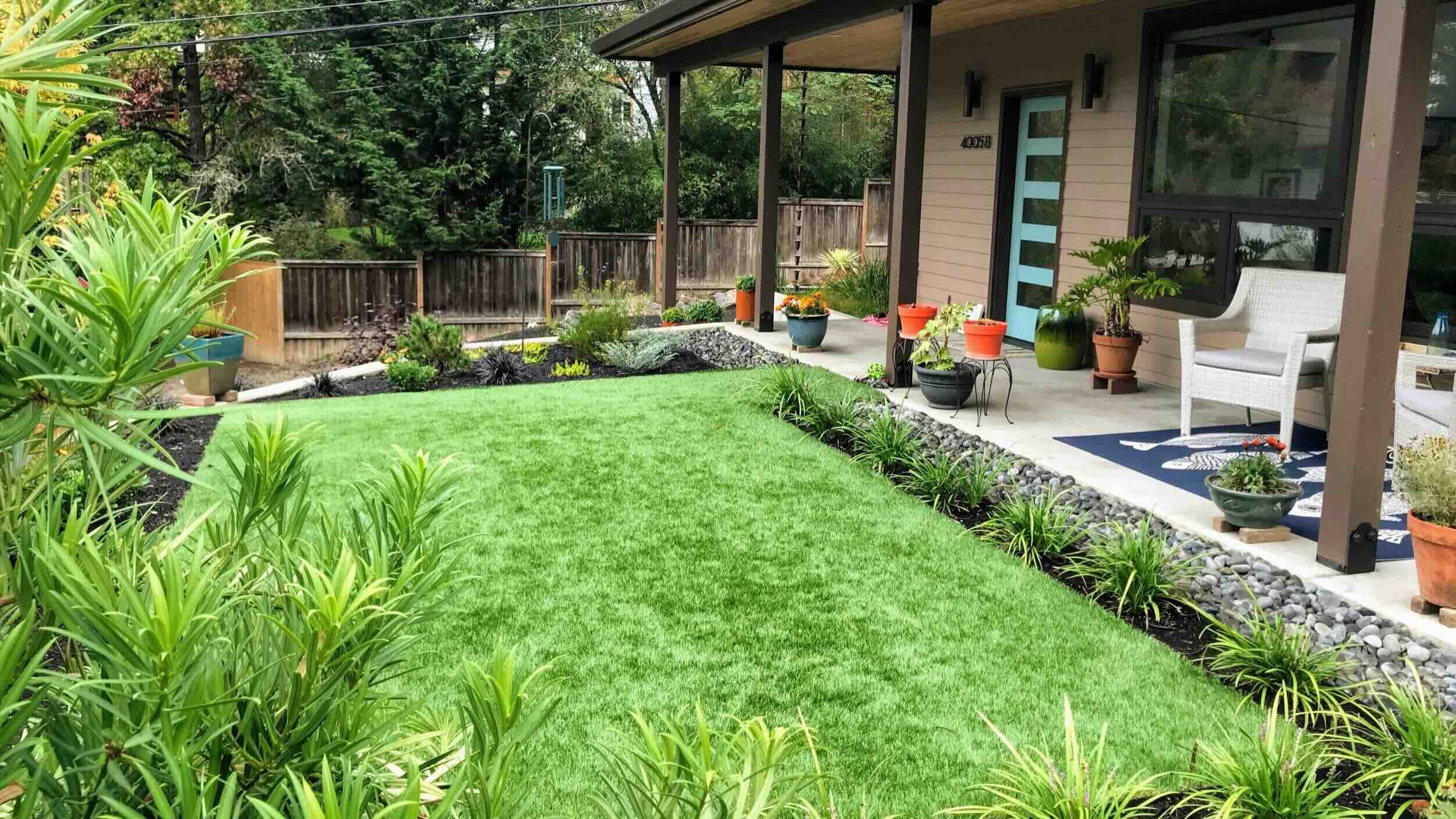
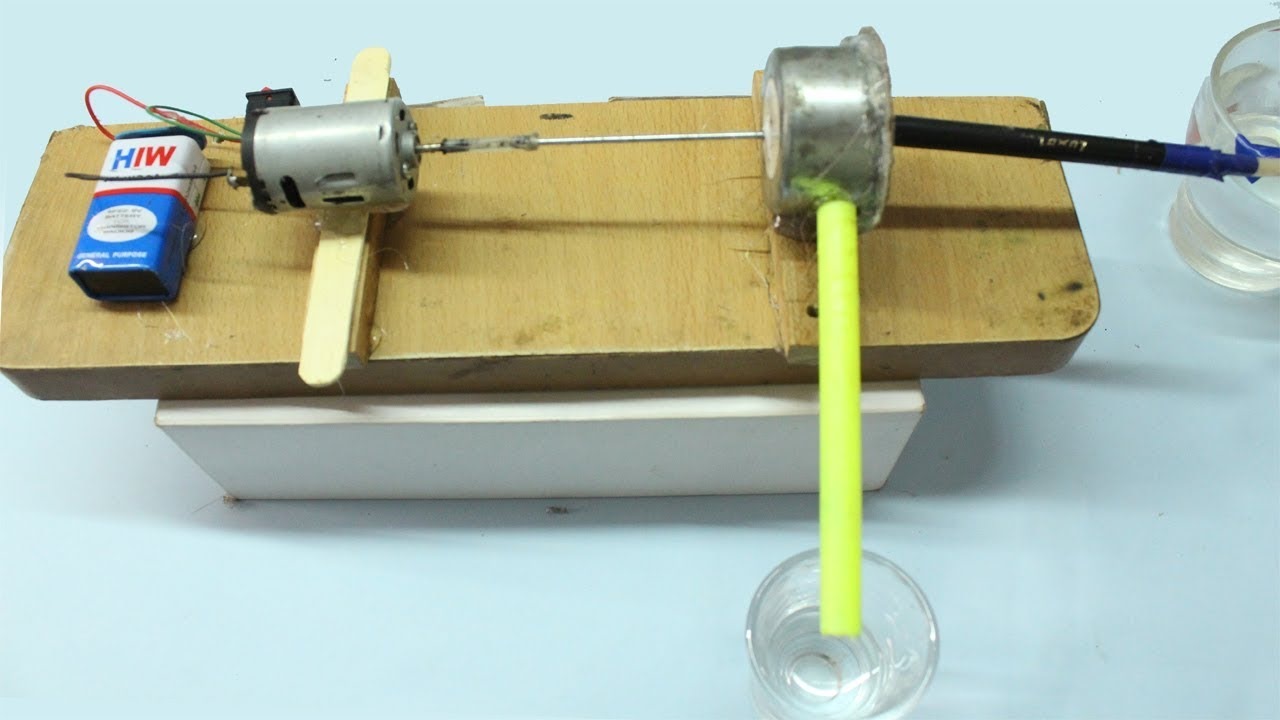
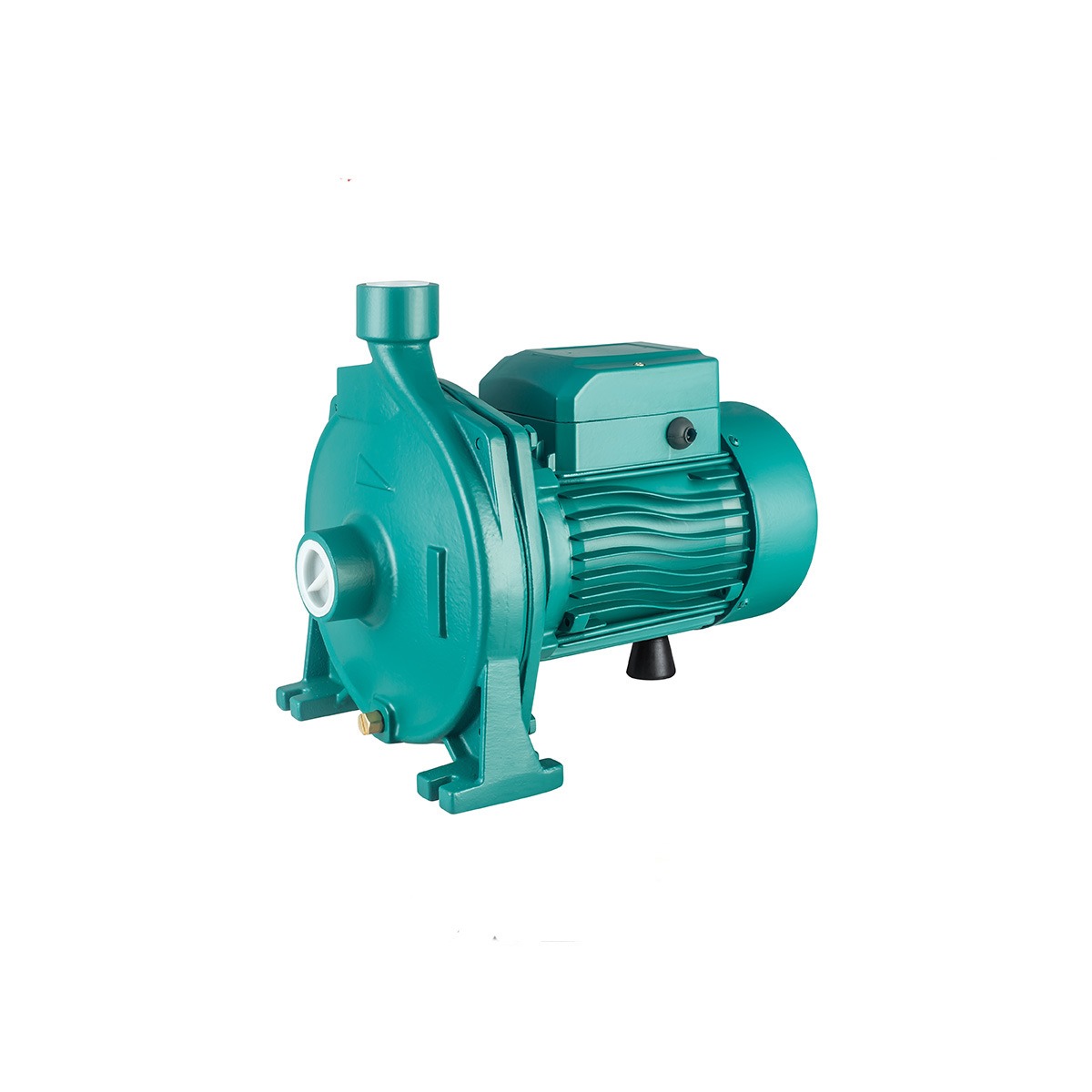
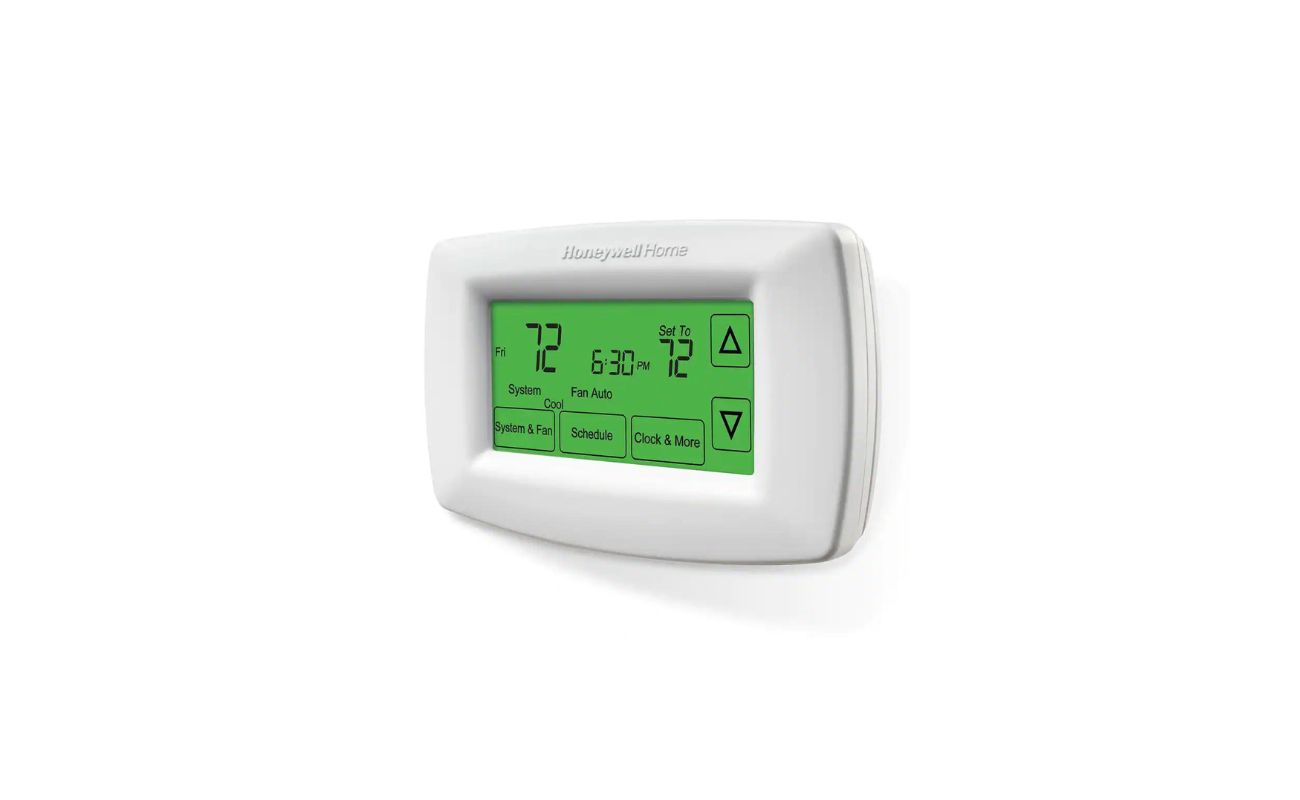
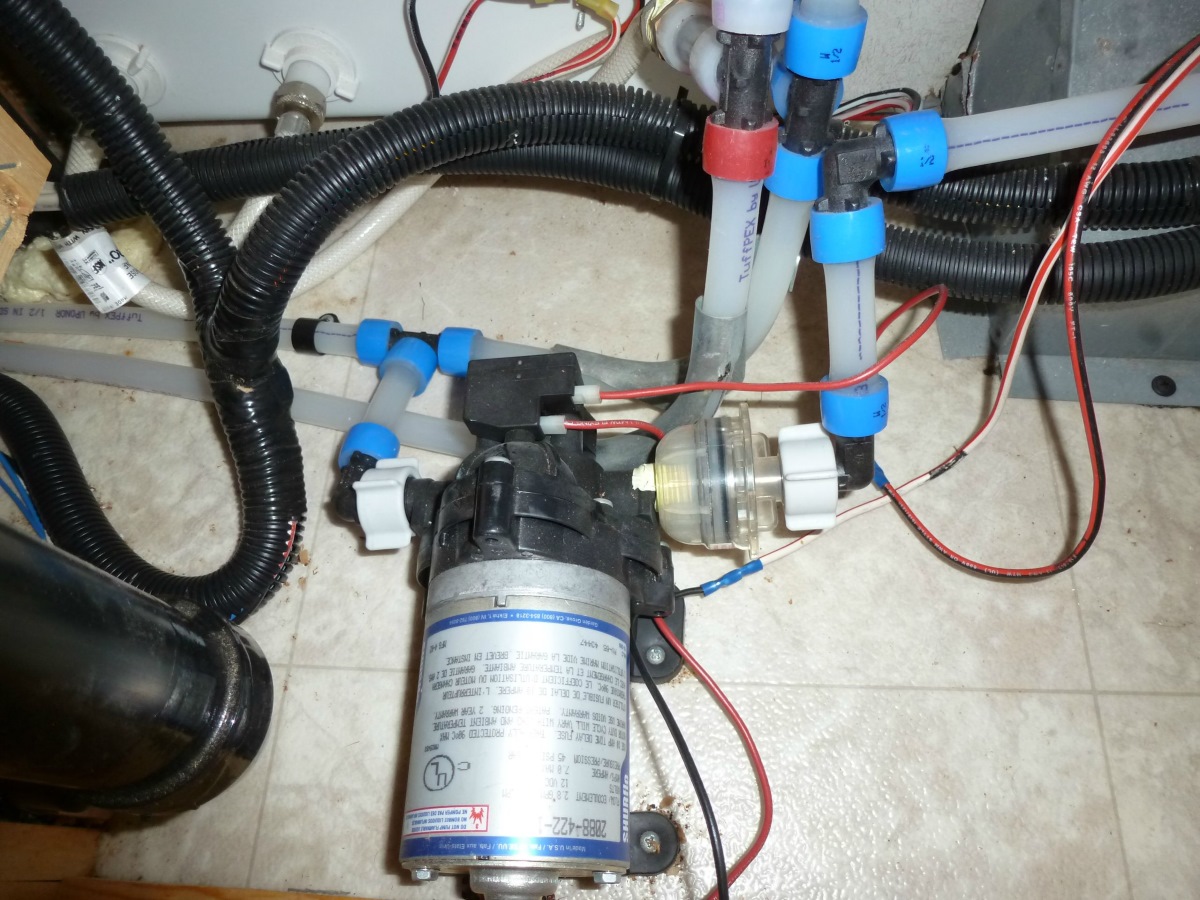
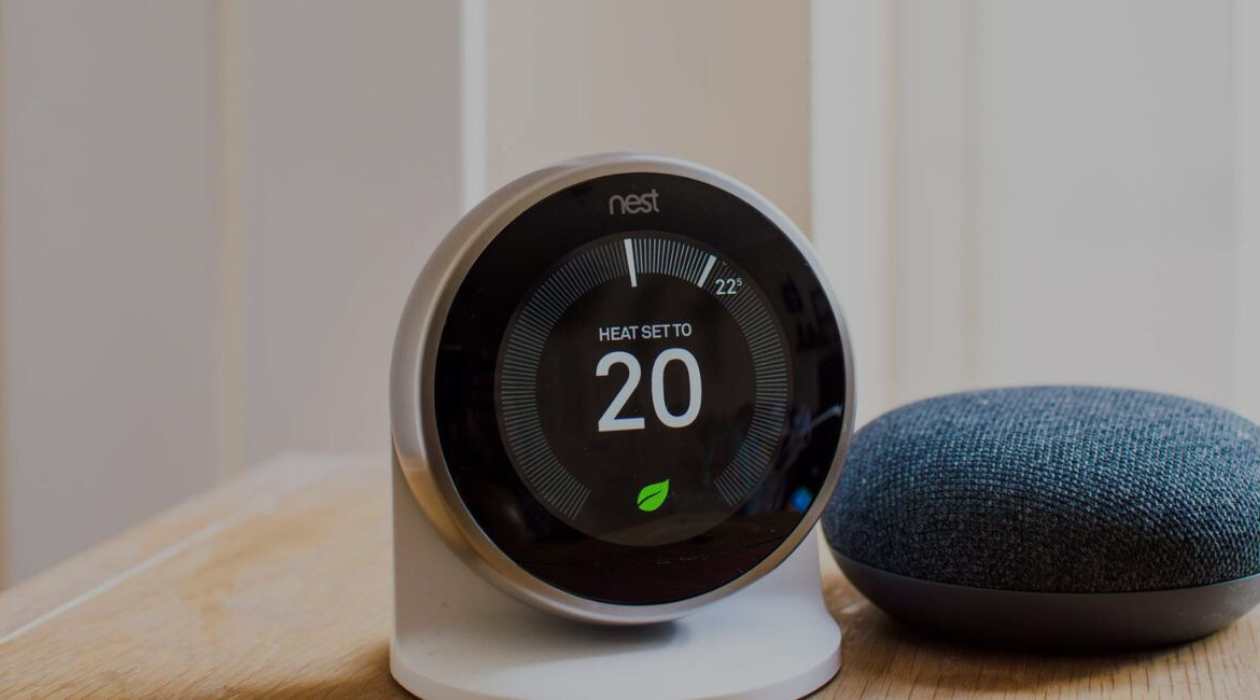
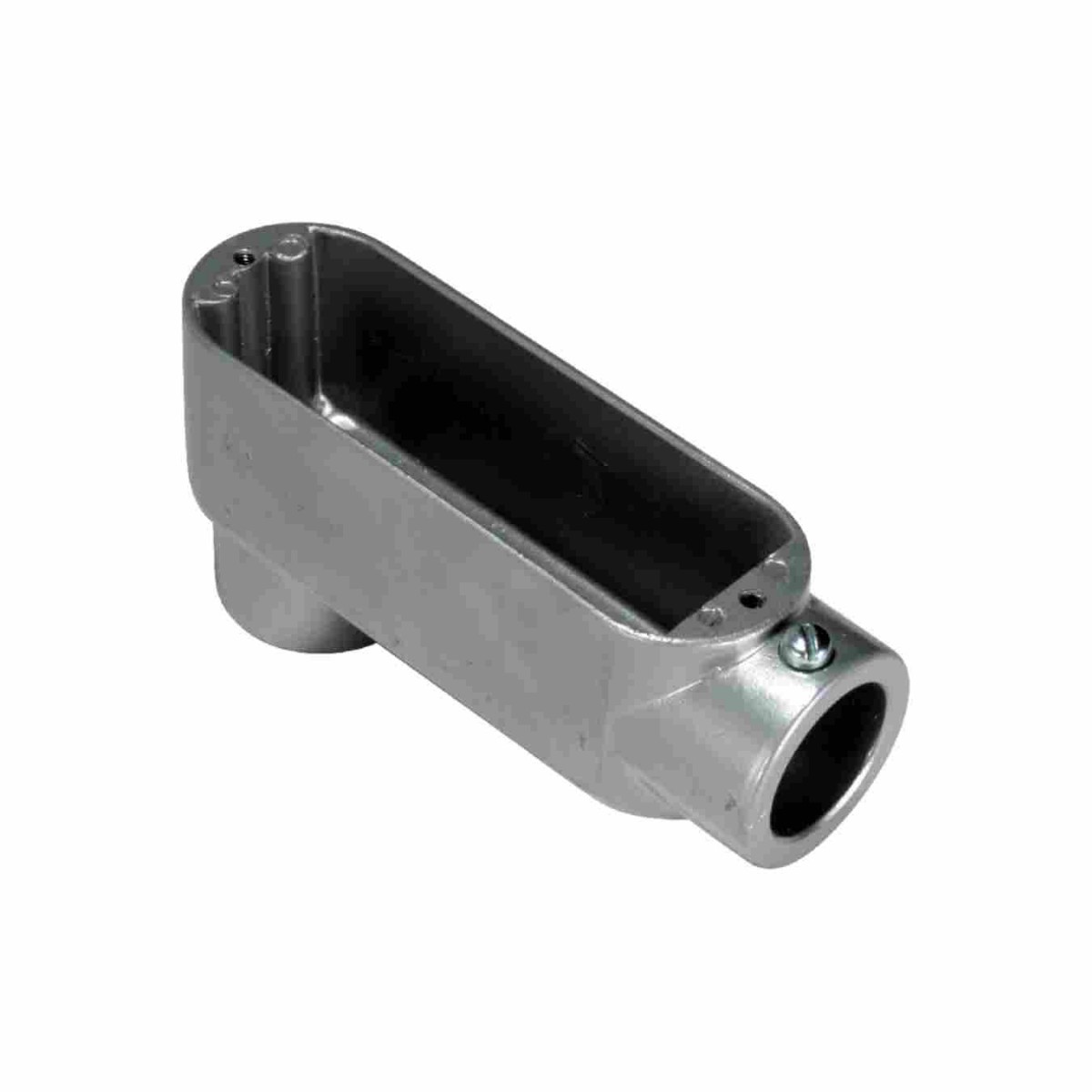
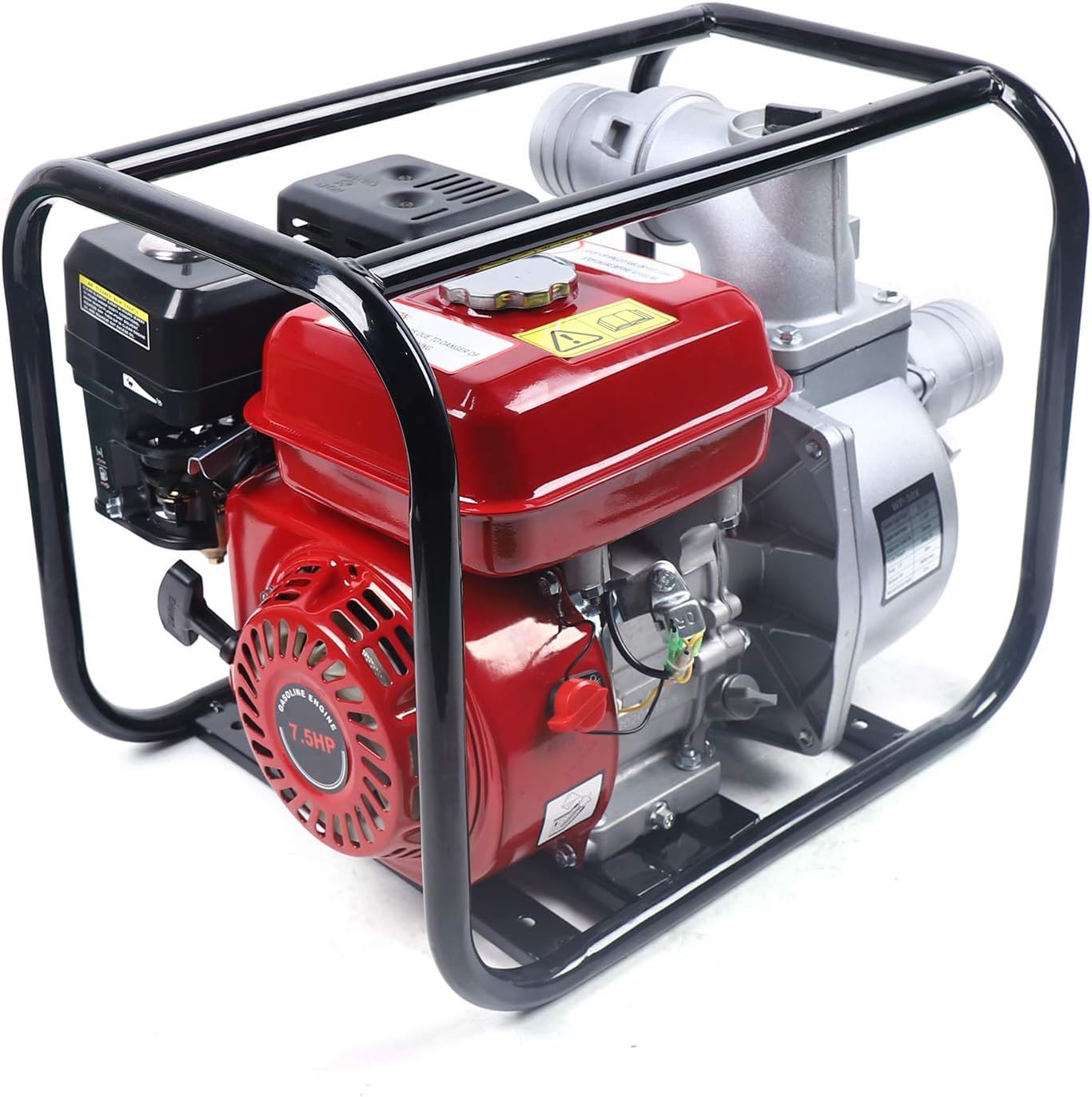
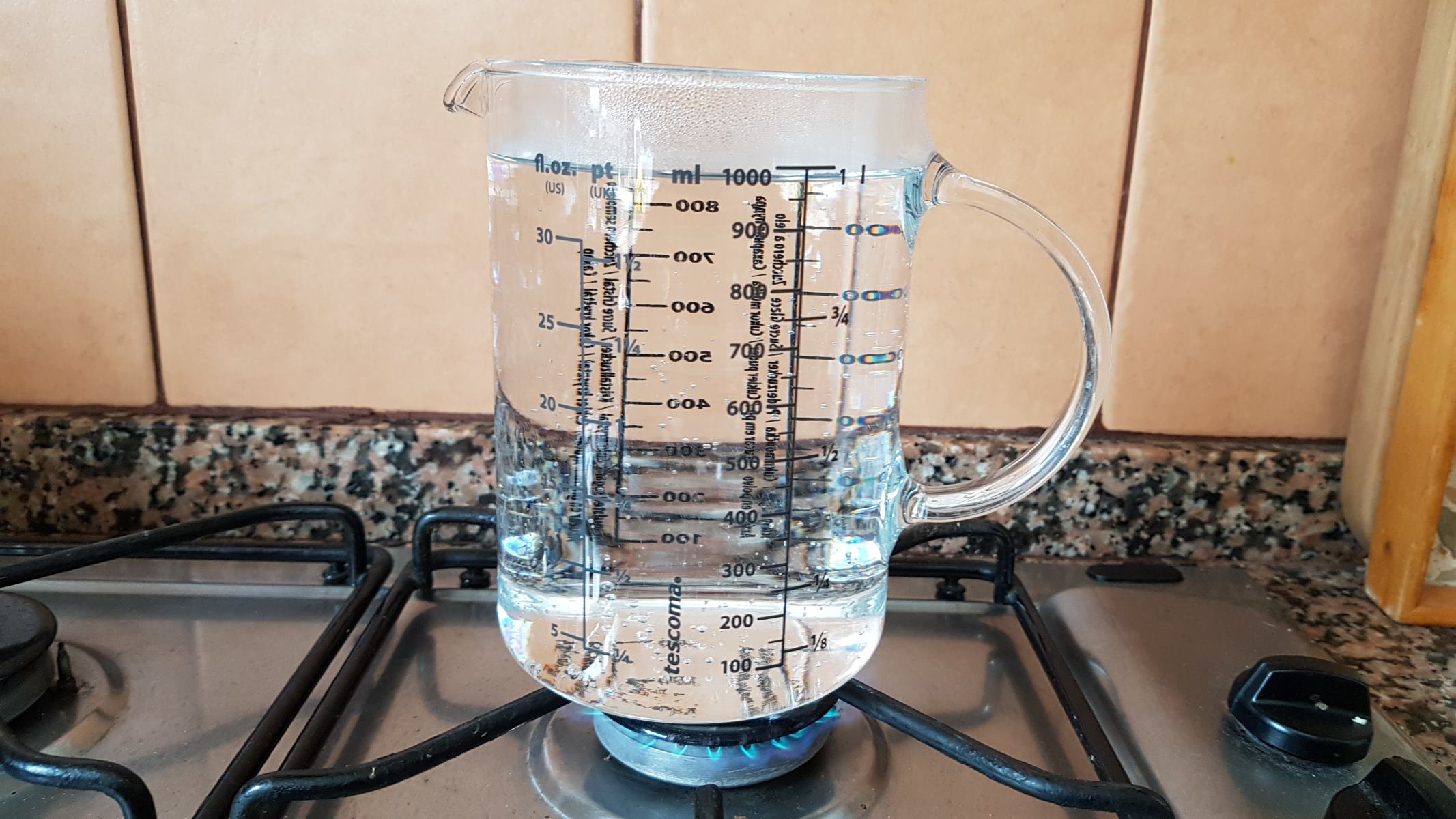
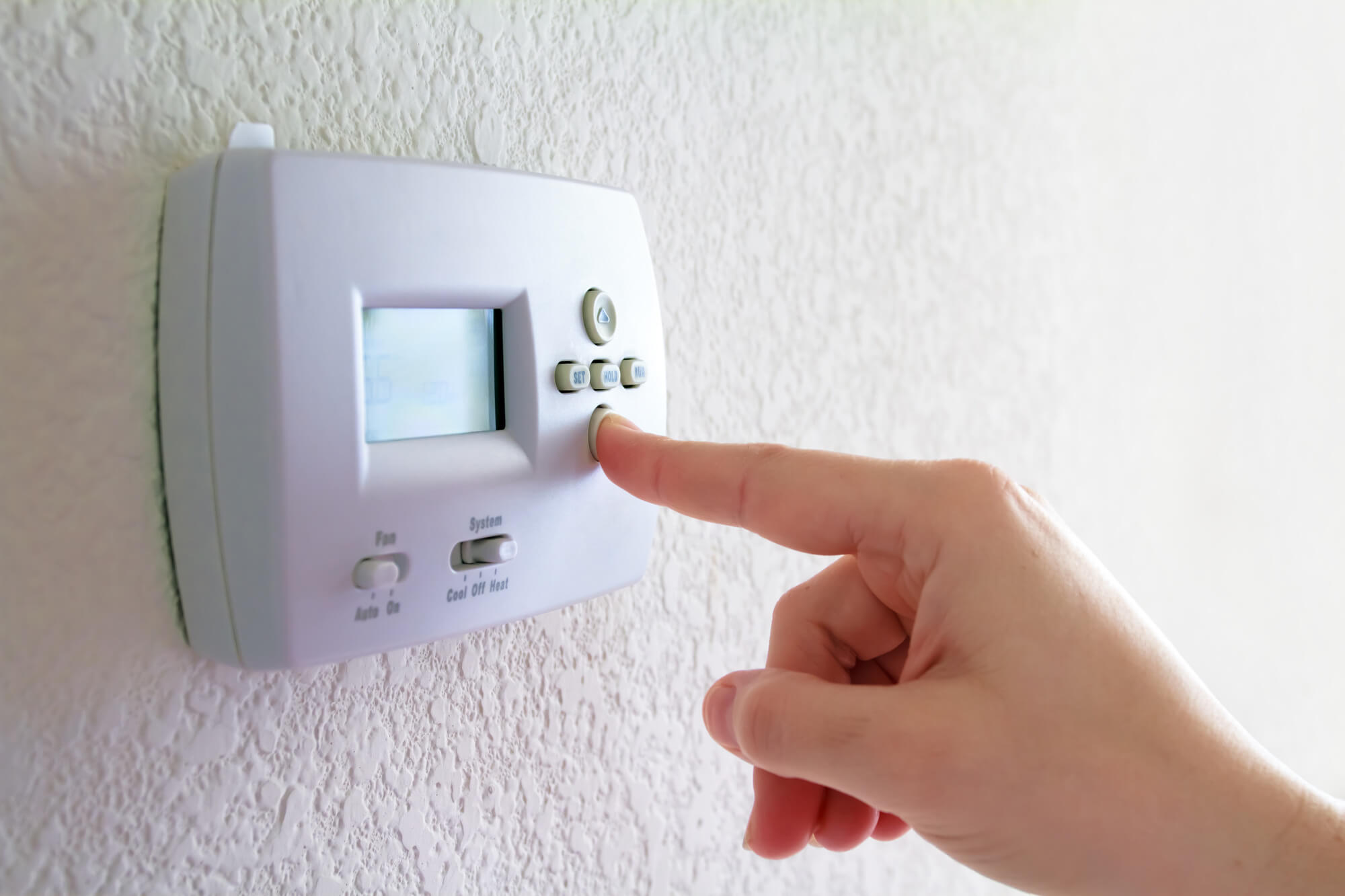
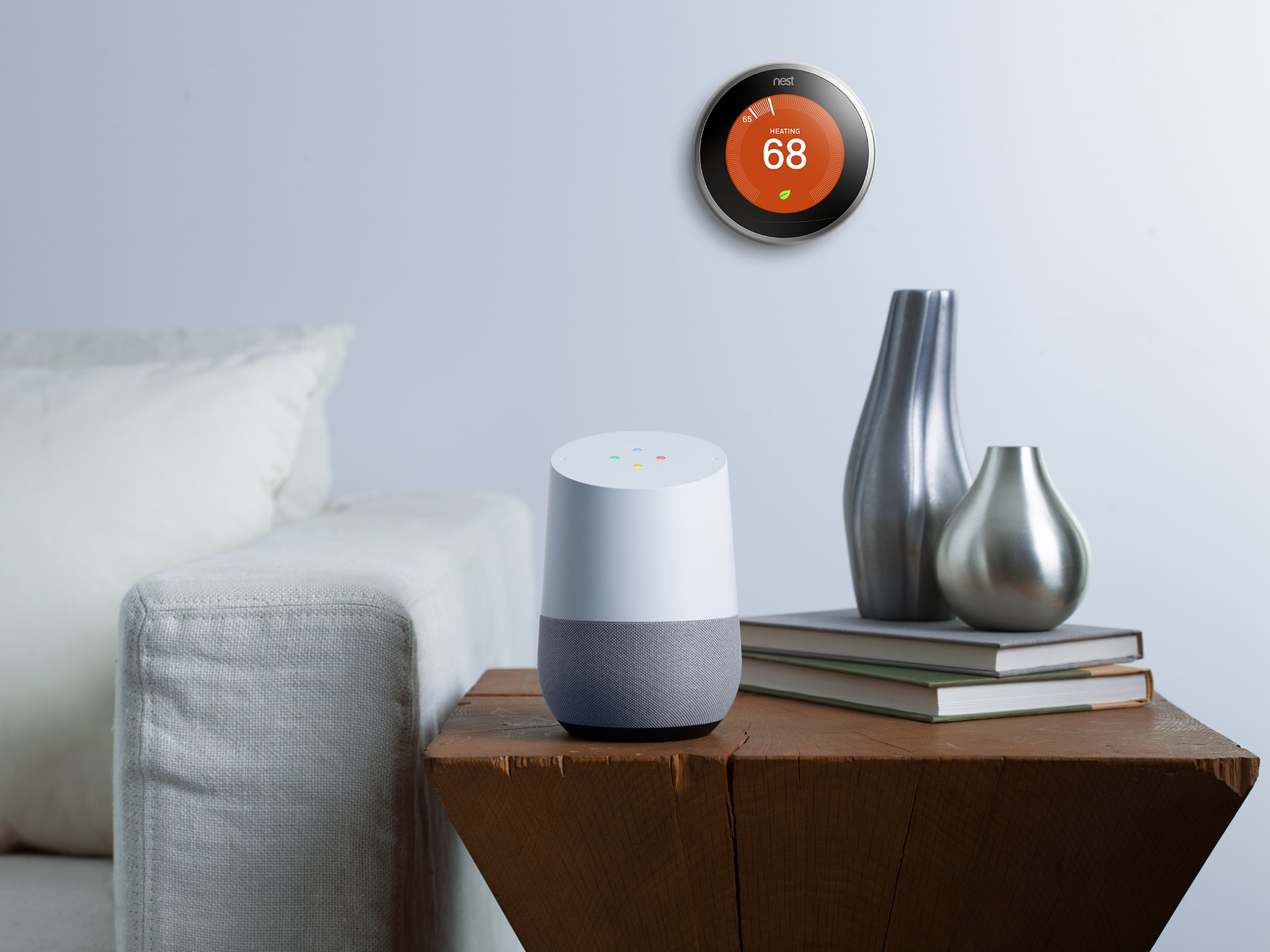
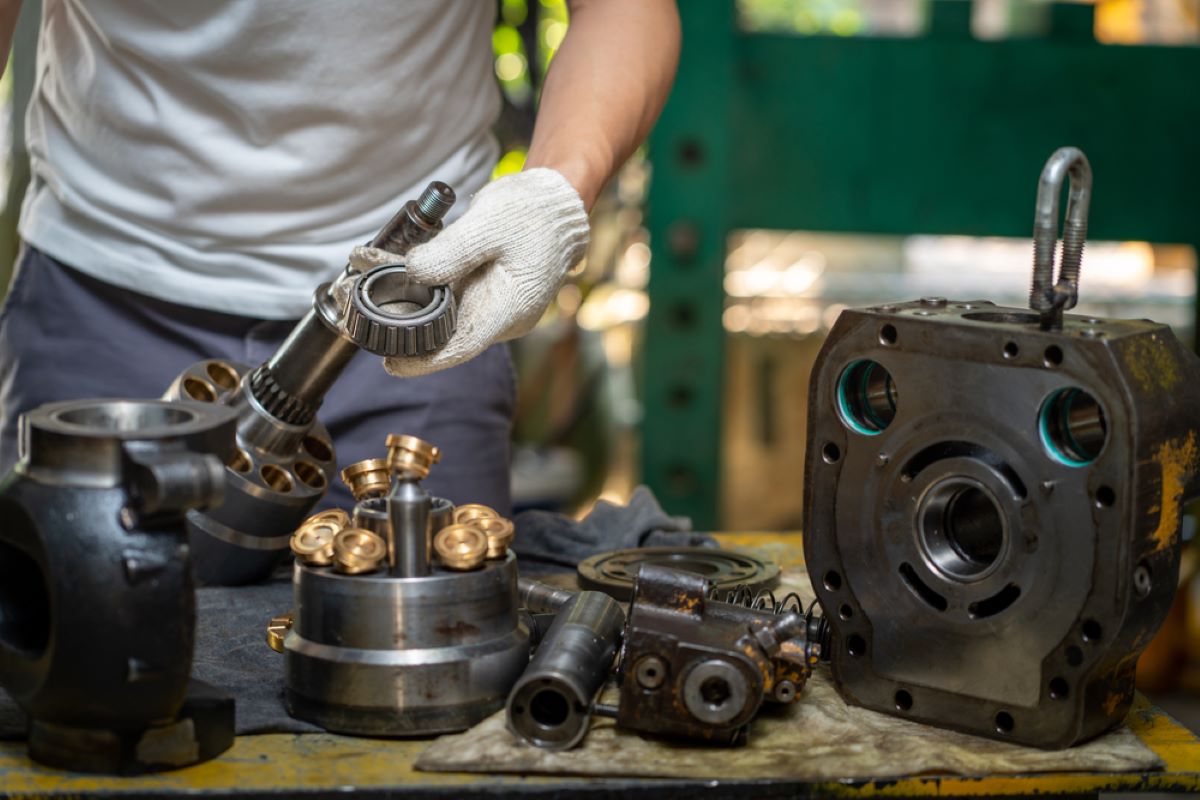
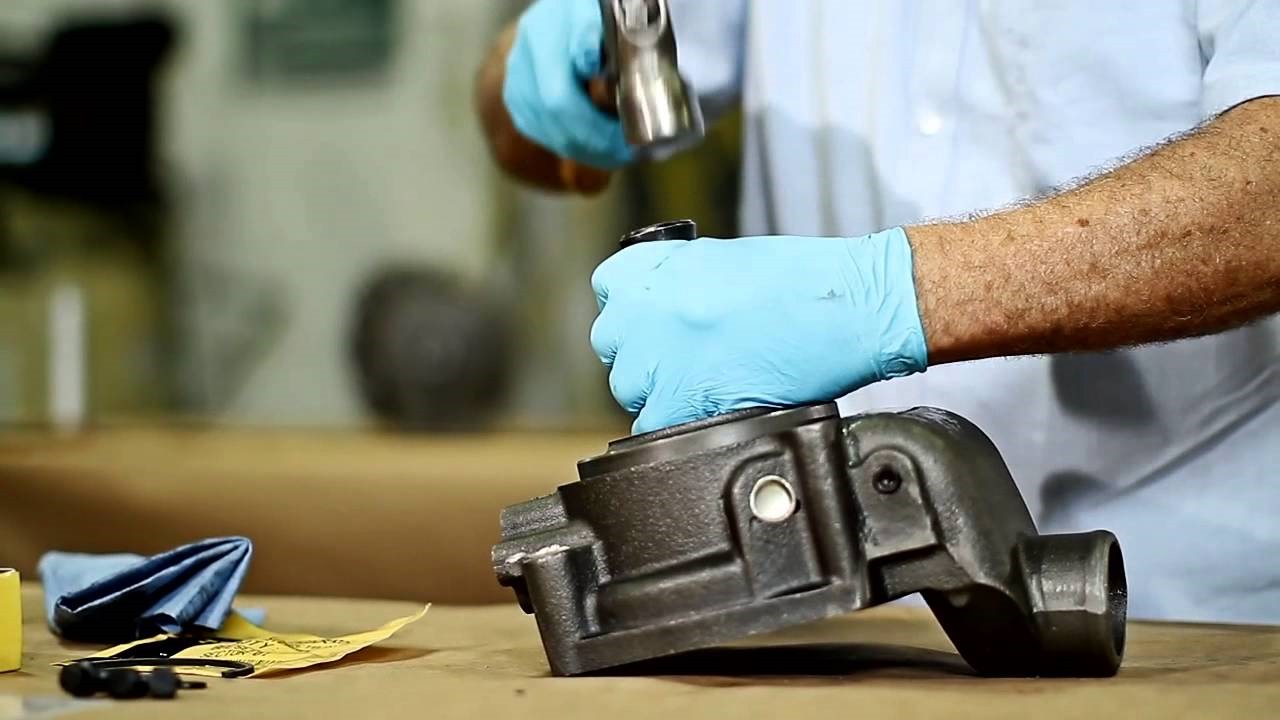
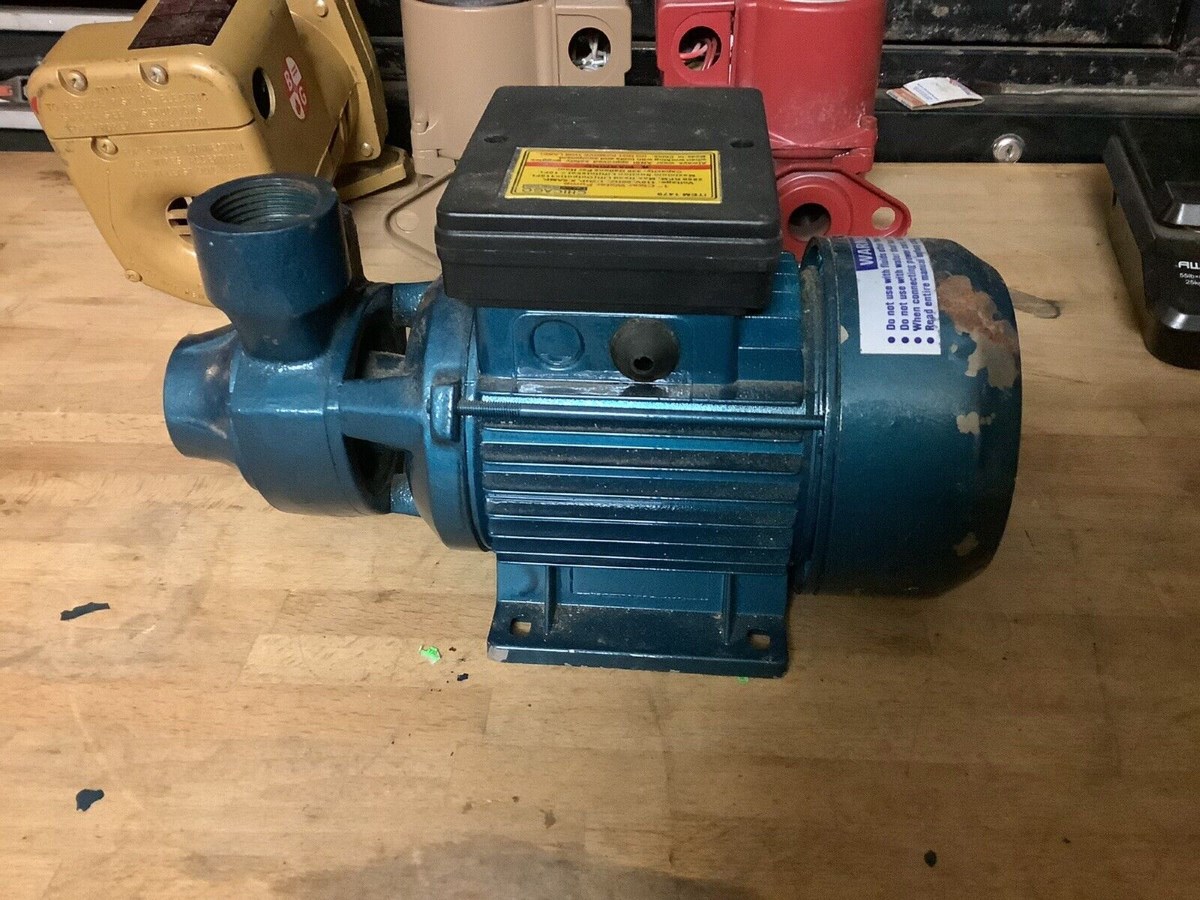

0 thoughts on “Which System Uses A Thermostat And Water Pump”